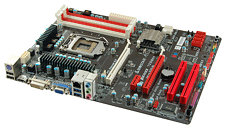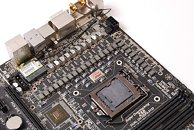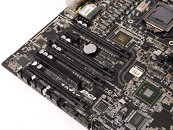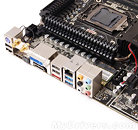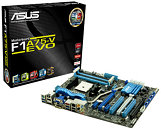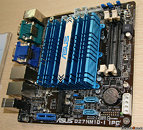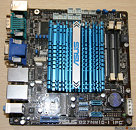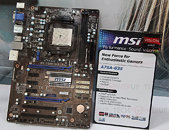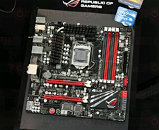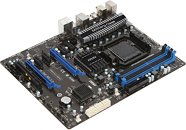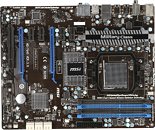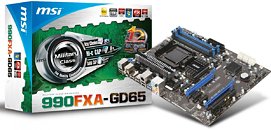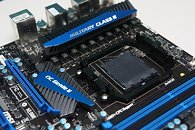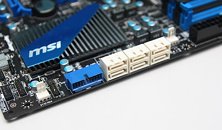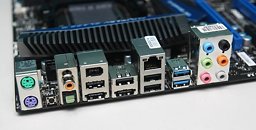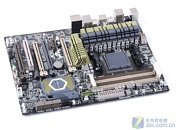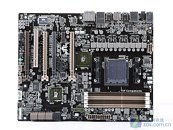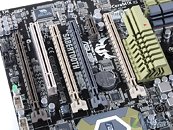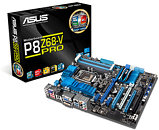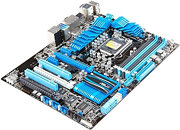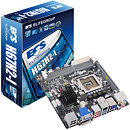
ASUS Intros F1A75-I Deluxe Mini-ITX Socket FM1 Motherboard
ASUS unveiled its first socket FM1 motherboard in the mini-ITX form-factor, catering to the premium HTPC and small form-factor (SFF) markets. Like with similar mini-ITX boards, the F1A75-I Deluxe crams in all the connectivity features it can on its tiny PCB, outdoing even large ATX boards. It is based on the AMD A75 chipset. The FM1 socket supports AMD's A-Series "Llano" APUs, and is powered by a 4+1 phase VRM. It is wired to two full-length DDR3 DIMM slots, supporting dual-channel DDR3-1866 MHz memory. The board draws power from standard 24-pin ATX with 4-pin CPU power.
The lone expansion slot is a PCI-Express 2.0 x16, letting you plug in just about any PCIe addon card. Storage connectivity includes four SATA 6 Gb/s ports with RAID support, and one eSATA 6 Gb/s. Other connectivity features include 6-channel HD audio with optical SPDIF (our only gripe), four USB 3.0 ports (two on the rear panel, two by header), WiFi b/g/n, gigabit Ethernet, Bluetooth, and a number of USB 2.0 ports. Display connectivity includes one each of DVI, HDMI 1.4a, and DisplayPort 1.2. The HDMI 1.4a output includes 8-channel HD audio of the GPU, so the 6 analog audio channels is sort of compensated. The board features ASUS TPU performance control chip, EPU energy-efficiency chip, and a UEFI firmware with ASUS EZ-mode GUI setup program. There's no word on pricing.
The lone expansion slot is a PCI-Express 2.0 x16, letting you plug in just about any PCIe addon card. Storage connectivity includes four SATA 6 Gb/s ports with RAID support, and one eSATA 6 Gb/s. Other connectivity features include 6-channel HD audio with optical SPDIF (our only gripe), four USB 3.0 ports (two on the rear panel, two by header), WiFi b/g/n, gigabit Ethernet, Bluetooth, and a number of USB 2.0 ports. Display connectivity includes one each of DVI, HDMI 1.4a, and DisplayPort 1.2. The HDMI 1.4a output includes 8-channel HD audio of the GPU, so the 6 analog audio channels is sort of compensated. The board features ASUS TPU performance control chip, EPU energy-efficiency chip, and a UEFI firmware with ASUS EZ-mode GUI setup program. There's no word on pricing.



